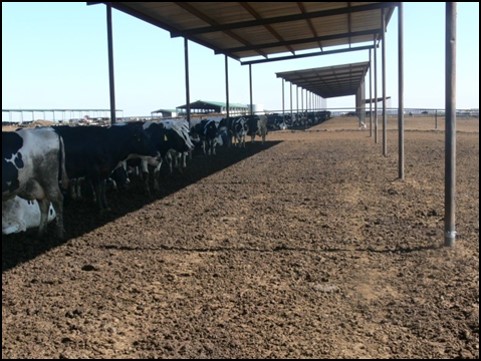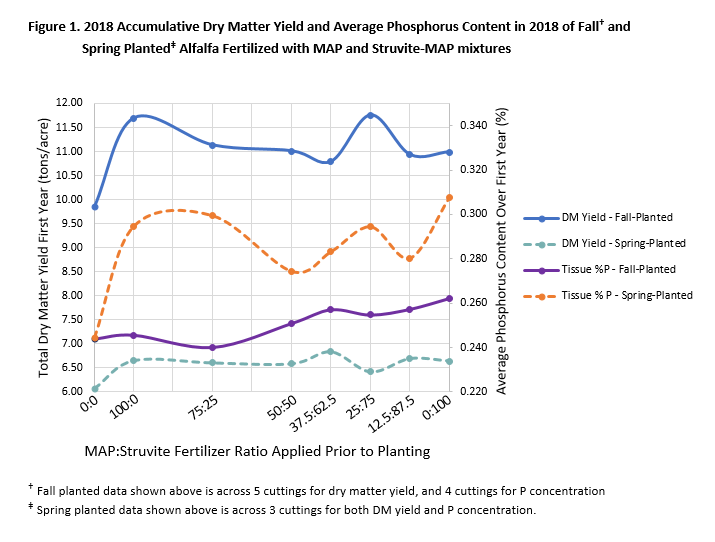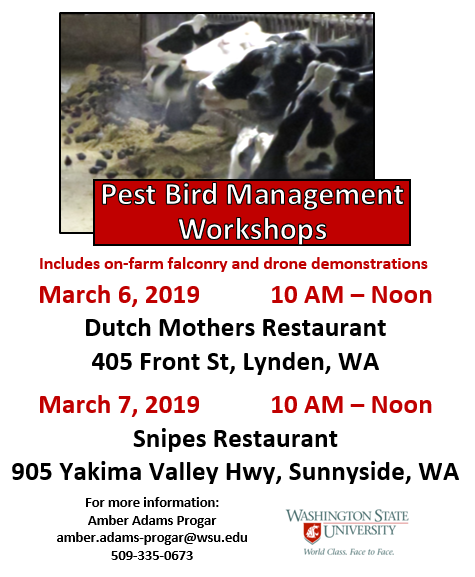June 2021 WSU Dairy Newsletter
Joe HarrisonIt has Been a Great Ride, Please Stay in Touch
Today is my last day with WSU before I begin my emeritus (retired status) with WSU. I plan to continue to be a resource upon request to the dairy industry, serve on a graduate guidance committee, and stay involved with the National Livestock and Poultry Environmental Learning Community.
It has been a great ride. I have enjoyed the challenge of a very progressive dairy industry in Washington State with dairy producers that have always been at the forefront of innovation and adoption of new management approaches and technologies.
What has been the most important to me has been the relationships that I developed with dairy producers and allied agriculture industry, and WSU staff, colleagues, graduate students, undergraduate students.
June 1, 1984, 37 years ago I started as an assistant professor with the department of Animal Sciences and located at the Western Washington Research and Extension Center, same place as WSU-Puyallup Research and Extension Center, just a different name.
My position began as a 100 % research appointment, and morphed to a partial extension appointment until ~ 2000 when I officially began a 50:50 research:extension appointment as a livestock nutrient management specialist. In 2017 a teaching responsibility was added with the assignment for being Cooperative University Dairy Students (CUDS) faculty advisor.
Please don’t hesitate to reach out with a question.
Joe Harrison, Livestock Nutrient Management Specialist, jhharrison@wsu.eduAmber’s Top Ten Tips: Calves and Heat Stress
Record-breaking hot weather is here. We know that heat stress causes decreases in feed intake, milk production, and reproduction in cows, but how does this hot weather affect your calves? My research team completed a study that aimed to help answer that very question.
We are reminded every day that our calves are the future of our dairy and we do everything we can to ensure they are healthy, especially when environmental conditions pose a challenge to calf well-being. Below are some interesting facts about calves and heat stress. It is a compilation of information from our study (Young et al., 2020), as well as others in this field of science:
-
Temperature-humidity Index (THI)
As a reminder, THI is commonly used to gauge the severity of heat stress dairy cows experience under specific environmental conditions (ambient temperature and relative humidity). THI ≥ 68 is categorized as heat stress (Collier et al., 2009). It is important to note that THI guidelines are currently unavailable for calves. If you are interested in calculating the THI on your farm, the equation is pretty simple:
THI = ambient temperature – [0.55 – (0.55 × relative humidity/100)] × (ambient temperature – 58.8)
Ambient temperature is recorded in Fahrenheit and relative humidity is recorded as a percentage.
-
Temperatures within Calf Housing
We compared the THI inside standard calf hutches placed outdoors against calf stalls located in a three-sided barn during the summer months. During the hottest hours of the day (12 PM – 5 PM), the THI was 74 inside the hutches and 73 within the stalls. Meanwhile, the THI in the ambient environment during the hottest hours was 84 (Young et al., 2020).
-
Calf Body Temperatures
Calves housed in hutches during our study had higher body temperatures than calves housed in stalls, with the highest temperature recorded as 104°F. These temperatures were recorded by attaching a temperature-recording device to the underside of each calf’s tail (Young et al., 2020).
-
Upper Critical Temperatures for Calves
Newborn calves experience heat stress when environmental temperatures exceed 79°F and one-month-old calves experience heat stress at temperatures above 73°F (Wathes et al., 1983).
-
Serum Cortisol Concentrations
When we experience stress, our cortisol concentrations increase. This is also true for calves. Average cortisol concentrations were 17% higher in calves housed in hutches than calves housed in stalls during our study; however, cortisol concentrations were highly variable (Young et al., 2020). This is a good reminder that each calf has a different tolerance level for hot weather, so we need to watch all calves closely.
-
Shade for Calf Hutches
Providing a sun shade net over calf hutches during hot weather (101.8°F max temperature) decreased temperatures within the hutches from to 110.7°F to 99.5°F (Kovács et al., 2019).
-
Salivary Cortisol Concentrations
Calves housed in non-shaded hutches had salivary cortisol concentrations 47% higher than calves housed in shaded hutches (Kovács et al., 2019).
-
Calf Hutch Ventilation
When comparing four different types of hutches during a summer in Texas, one study reported that raising the back of a hutch by 6 inches caused a 4% decrease in THI within the hutch (Reuscher et al., 2019).
-
Fans to Improve Air Flow
Installing fans over shaded group pens increased air flow by 94%. Calves housed in pens with fans consumed up to 19% more milk replacer and concentrate, on a dry matter basis, than calves housed in pens without fans (Dado-Senn et al., 2020).
-
Temperature during Calving and Calf Growth
Calves born when THI > 75 had pre-weaning gains that were 13% lower than gains in calves born when THI < 70 (López et al., 2018).
I hope this information is helpful as we enter an alarmingly hot summer. Please remember to keep a mindful eye on your cows, employees, and yourself. Stay well!
Amber Adams Progar, Dairy Management Specialist, amber.adams-progar@wsu.eduWaste to Worth 2022—National Conference Hosted by the Livestock and Poultry Environmental Learning Community
 You are invited to participate in the 2022 Waste to Worth Conference (W2W2022) and to consider presenting on a topic that is important to sustainability in animal agriculture.
You are invited to participate in the 2022 Waste to Worth Conference (W2W2022) and to consider presenting on a topic that is important to sustainability in animal agriculture.
W2W2022 welcomes oral, poster, panel, and workshop presentation proposals focused on applied solutions related to animal manure management and protecting the environment. Graduate students are encouraged to submit and participate in a poster presentation competition.
To submit and abstract click on Submit an Abstract.
Joe Harrison, Livestock Nutrient Management Specialist, jhharrison@wsu.edu













